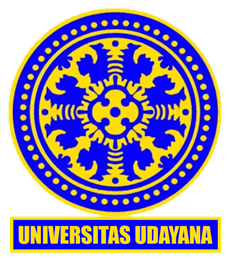Potential of Bali Stingless Bee (Trigona SPP) Propolis for Wound Healing
Abstract
A wound constitutes damage to the skin or underlying tissues caused by trauma. The wound-healing process is dynamic and intricate, involving numerous cellular activities and interactions. Stingless bee propolis contains various bioactive substances with potential wound-healing properties. This study aims to evaluate the wound-healing potential of propolis from Bali stingless bees. Utilizing a descriptive-analytical design, the research analyzed the phytochemical content of Bali Stingless Bee (Trigona laeviceps species) propolis collected from two regions in Bali: Gianyar and Karangasem. Conducted in March 2023, the qualitative analysis revealed that the propolis of both areas contains flavonoids, phenols, tannins, steroids, and triterpenoids. Quantitative analysis showed that the total flavonoid content was 118.60 mg QE/100 g (Gianyar) and 59.24 mg QE/100 g (Karangasem); total tannins were 935.95 mg TAE/100 g (Gianyar) and 1029.79 mg TAE/100 g (Karangasem); total phenols were 1173.03 mg GAE/100 g (Gianyar) and 1423.19 mg GAE/100 g (Karangasem); and IC50 values were 1243.36 ppm (Gianyar) and 402.53 ppm (Karangasem). The findings indicate that Bali Stingless Bee propolis from the Gianyar and Karangasem regions holds significant wound-healing potential. Further research is required to substantiate these findings and explore the mechanisms underlying the wound-healing properties of Bali Stingless Bee propolis.
Downloads

This work is licensed under a Creative Commons Attribution 4.0 International License.










(1).png)


